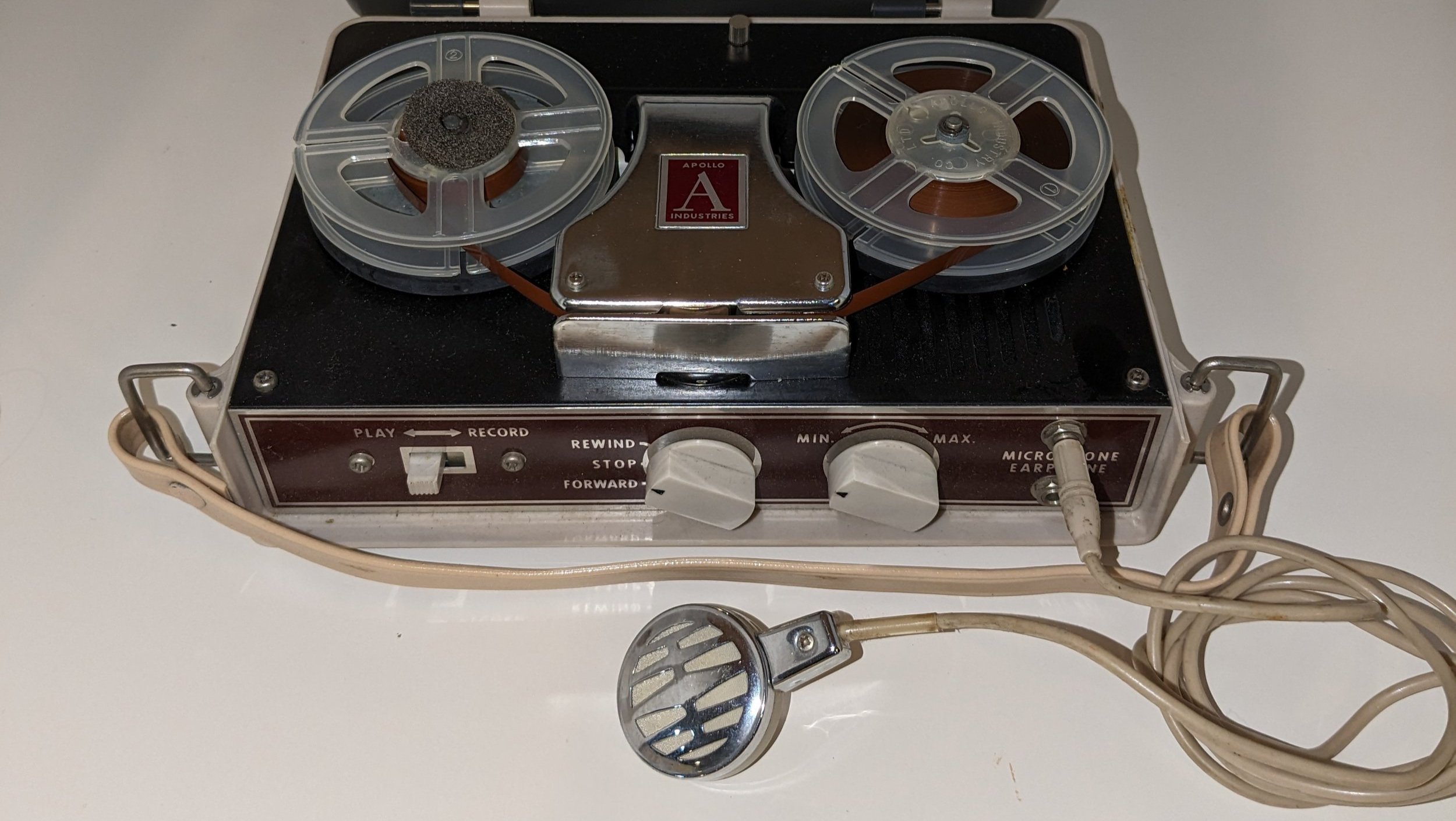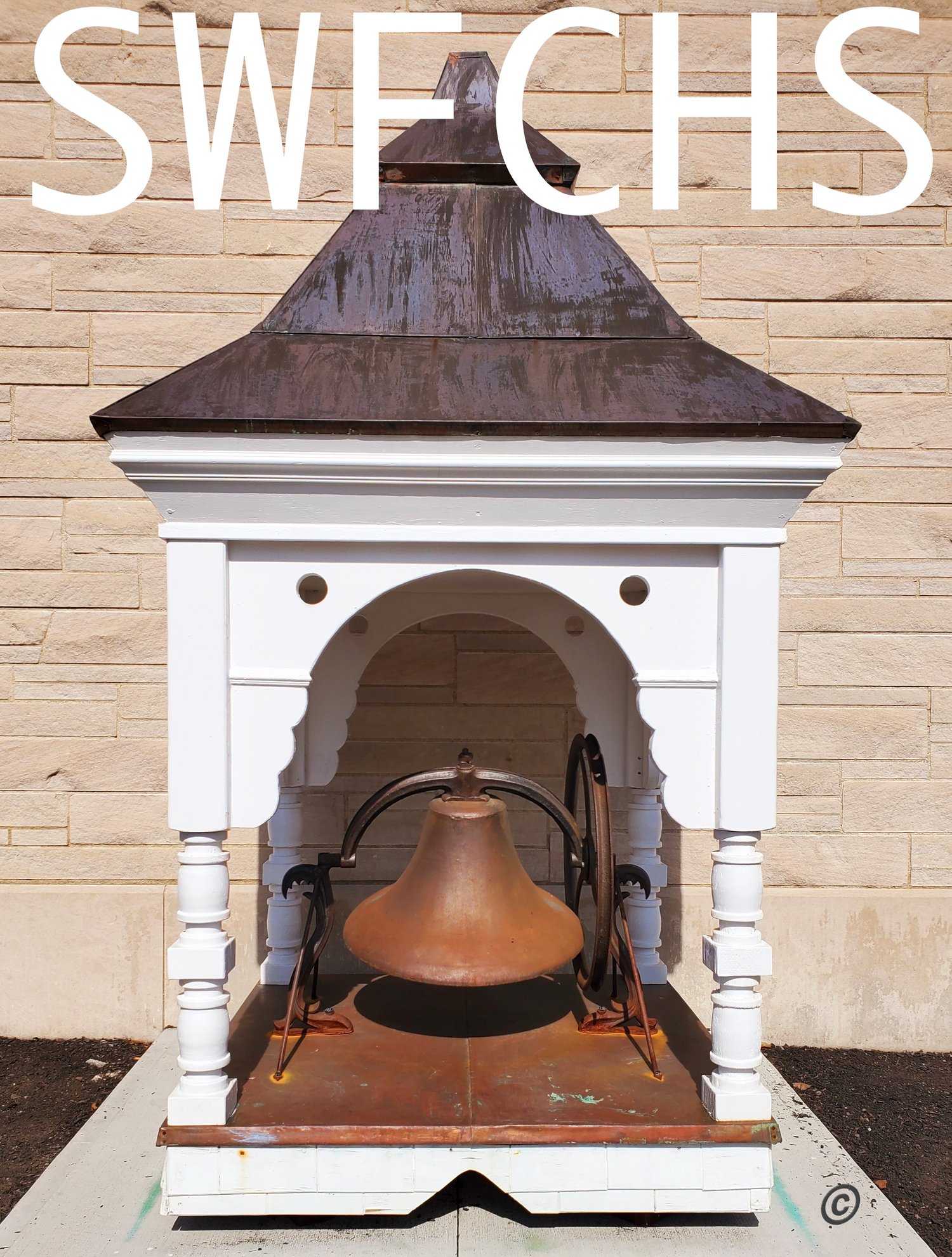
BLOG

South-Western: With a Hyphen
Ever wondered why a hyphen is part of the South-Western City School District name? Many references even today omit the hyphen but there was a real reason why Robert Mounts, assistant executive for the school district in 1956 made the initial recommendation. There were other Ohio districts which had southwestern incorporated in their names.

Grove City’s Speed Trap
The Grove City Lions Club, 100 members strong, in the late 1940s urged the Grove City village council to consider establishing a “speed trap” along Broadway. Through the club’s president, the membership suggested two additional motorcycle officers be hired for one month to bring speeding under control and use fines to pay for the additional marshals. In 1939, Harrisburg Pike was better known as Harrisburg Death Pike because of the many automobile accidents. In 1940, the stretch between Briggsdale and Grove City, was referred to as the Monster at the Doorstep as the worst five-mile stretch of roadway between Cincinnati and Cleveland.

New Oral History on Society Website
You may not be aware that the Society has a partnership with the Grove City Historical Commission, and we recently began hosting their Oral Histories of local residents. We just added a new video from Society President Steve Jackson with his thoughts on Railroads in the area. You can check it out alongside other videos, audio, and other information on our Oral History page.

E. L. Evans
E. L. Evans served many years as Grove City’s police chief. He enjoyed joking around but there was a serious side when matters dictated. He was very involved in the community. Today, the E. L. Evans Senior Center is named in his honor. Anyone recall his nickname? ‘Lightening’ Evans was how he was known around town.

Opposition to Annexation
On May 28, 1970, Dr. Martin L. Stahl voiced opposition to the latest efforts by the Columbus City School District to annex suburban school properties. If the state board of education had approved the effort, only 40 students would be transferred from South-Western to Columbus but $1.5 million in tax revenue would be lost. Columbus wanted the $22 million of commercial and industrial land on the westside which was the life blood of the suburban district.
